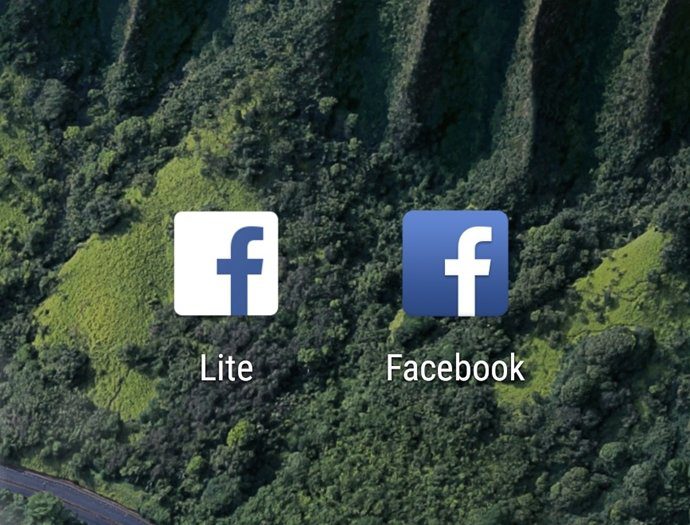For example, you can get Pages from the Mac App Store for $19.99, while usually MS Word can cost up to hundreds of dollars depending on the type of license you get. Also, Apple does not restrict the use of Pages to a single Mac, so your copy can be used by, say, any family member that downloads it using your store account. Well, enough of commercial comparisons. Instead, let’s delve into the basics of iWork Pages that anyone thinking about switching from MS Word should know about. Ready? Let’s get going. The basic interface of Pages, while perhaps not resembling that of Word, houses several of the same functions. To start, you have all the essential editing and formatting tools at the top of every Pages’ document.
The Toolbar (which is at the very top of you currently open document) is home to some convenient options that are usually not as easily accessible on MS Word documents. The View and Outline menus (pictured below) for example, let you control several elements of your documents, including their layout.
The middle section of the Toolbar allows you to quickly add different elements to your document, including entire sections, text boxes, tables, shapes, charts and more, while the rightmost side lets you add media to your document, as well as allowing you to customize its fonts and colors.
The Format Bar is pretty much self explanatory. It provides easy access to the most common editing and formatting options that you might need when writing a document, including line spacing, number of columns to divide the document into, list styles, font families and such.
All the above should be more than enough to cover the needs of those of you who use your word processors for simple papers and documents. But if you feel like you are missing any key function, you can go to the View menu in Pages and click on the Customize Toolbar… option.
This will bring up several additional functions of the application that you can drag to the main Toolbar to use them with your documents.
And that is all for today. As mentioned above, for the vast majority of us, Pages is more than suitable as a replacement for MS Word once you see past the differences and learn how to use it. Check the official site for more articles about Pages and other Apple’s iWork apps. And if there is something in particular about any of them that you would like to know, don’t hesitate to drop us a line in the comments below. The above article may contain affiliate links which help support Guiding Tech. However, it does not affect our editorial integrity. The content remains unbiased and authentic.
















